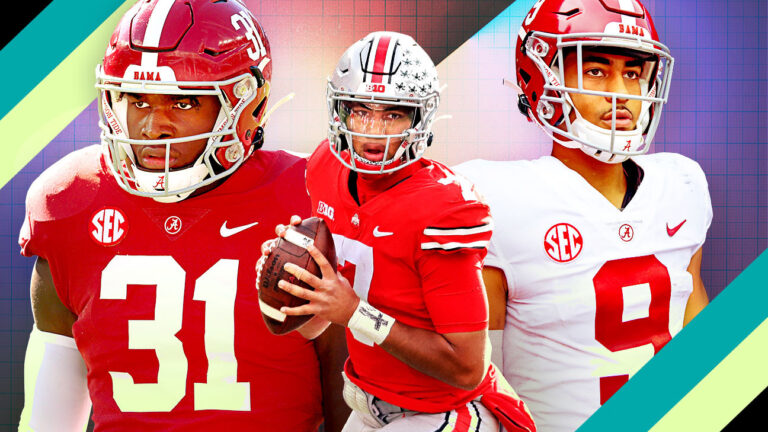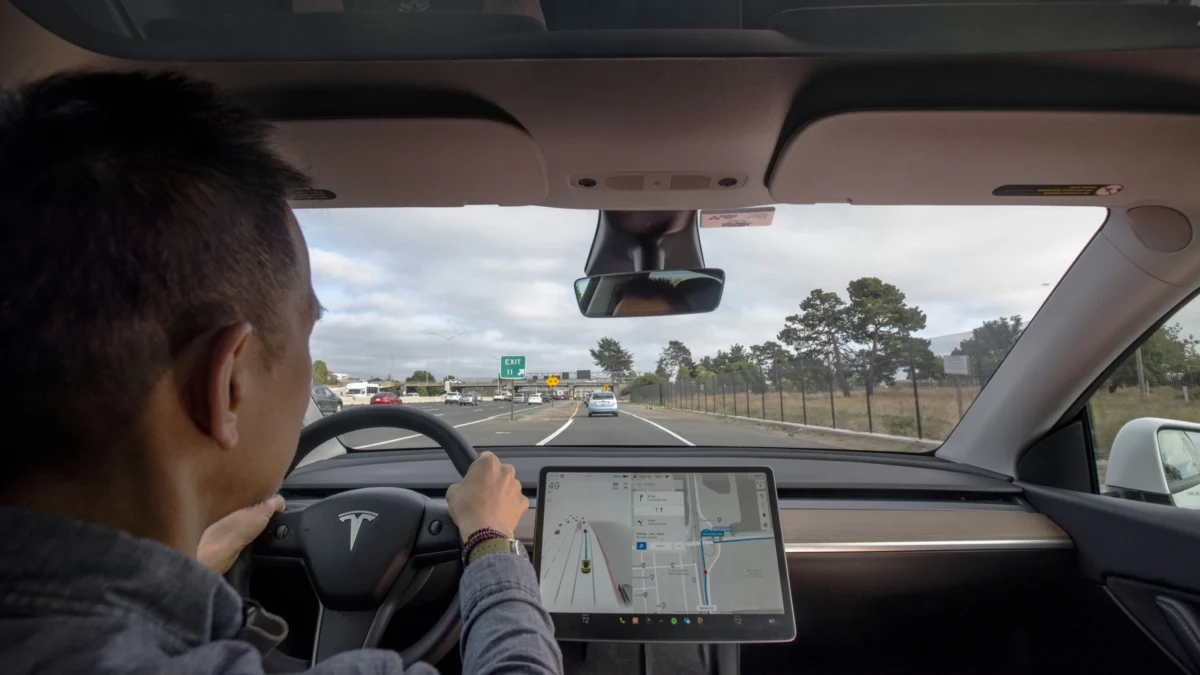It is one of the most discussed items in the space of autonomous vehicles. It has been considered one of the most advanced driver-assist systems in the marketplace and is expected to deliver the drivers a near-autonomous experience, handling complex driving tasks. But the deer incident raised questions on reliability, safety, and ethical implications of the technology.
Incident Summary: Tesla Killed a Deer
Just recently, an incident spread like wildfire – a Tesla operating on Full Self-Driving struck a deer without ever slowing or stopping. Understanding the context of this situation in detail could tell us much more about the capabilities and shortcomings of Tesla’s FSD.
Location and Surroundings
This reportedly occurred at a rural road where deer crossings are common. Teslas FSD was activated, meaning the car controls acceleration, braking, and steering. The deer simply popped out, and neither could the Tesla react in time to avoid a collision, nor did it slow down after hitting the deer.
The driver described it as scary while in the car during the accident. Lack of response from the car gave rise to a myriad of questions about Teslas‘ claims in relation to FSDs detection and response to an unexpected obstacle such as an animal. Consequently, many users are beginning to be suspicious of how to fully trust the technology involved.
How does Tesla’s Full Self-Driving (FSD) Work?
This is why the car would not react to such a situation when using Tesla’s FSD. More features and functionalities of FSD
There are numerous sophisticated features within Tesla’s FSD feature that will make autonomous driving even more safe and convenient. Among them are automatic lane changing, passing through complex intersections and detection for moving vehicles or pedestrians, but FSD still requires attention from the driver and guarantees instant control over the vehicle.
Limitations and Challenges of FSD Technology
FSD has a lot of incredible features, but it still has a few limitations. This system is highly camera- and sensor-dependent, which causes a lot of problems in dealing with situations like low visibility or rapid and unforeseen movements-such as a deer crossing the road, for example. It further highlights the challenges associated with animal identification by FSD technology-the most common concern for any autonomous vehicle manufacturing company.
The Ethical Challenges of Autonomous Driving
This is the long-standing age-old questions of ethics posed before such self-driving cars that are more unforeseen in issues, like animals while crossing the road.
Animal Collisions with Self-Driving Cars
One of the most contentious ethical dilemmas relates to reactions to animals running on the road. Should the car put passengers first at all costs, even if that means hitting an animal? Or should the system be set up in such a way as to cause minimal harm to the wildlife? And there are a lot of arguments among experts and even regulators about these solutions.
Responsibility and Accountability in Autonomous Incidents
Another vital issue is also who to hold responsible if an accident occurs involving an autonomous car. Regarding this accident of Tesla, is it the fault of the driver for enabling FSD or Tesla? It is a gray area as well because laws and regulations concerning autonomous vehicles are still in a state of evolution.
Response of Tesla on Safety Concerns
Perhaps more significantly, Tesla has also criticized for its Full Self-Driving technology due to a safety concern. Below, we examine its responses toward these incidents to see how it strikes a balance between innovation and responsibility.
Incidents History and Response
There have been all sorts of incidents involving collisions from minor scrapes to serious accidents caused by its FSD technology. After each incident, Tesla releases a statement reaffirming its commitment to safety and pushes updates that improve the performance of FSD.
Continuous Improvements and Updates
Tesla had been updating the FSD software based on user feedback and incident reports. The general idea of upgrading makes the system more responsive, catching objects-whether vehicles, pedestrians, or animals-although it has come at individual improvements with each update. But as such, this one is proof that there is still much to do.















